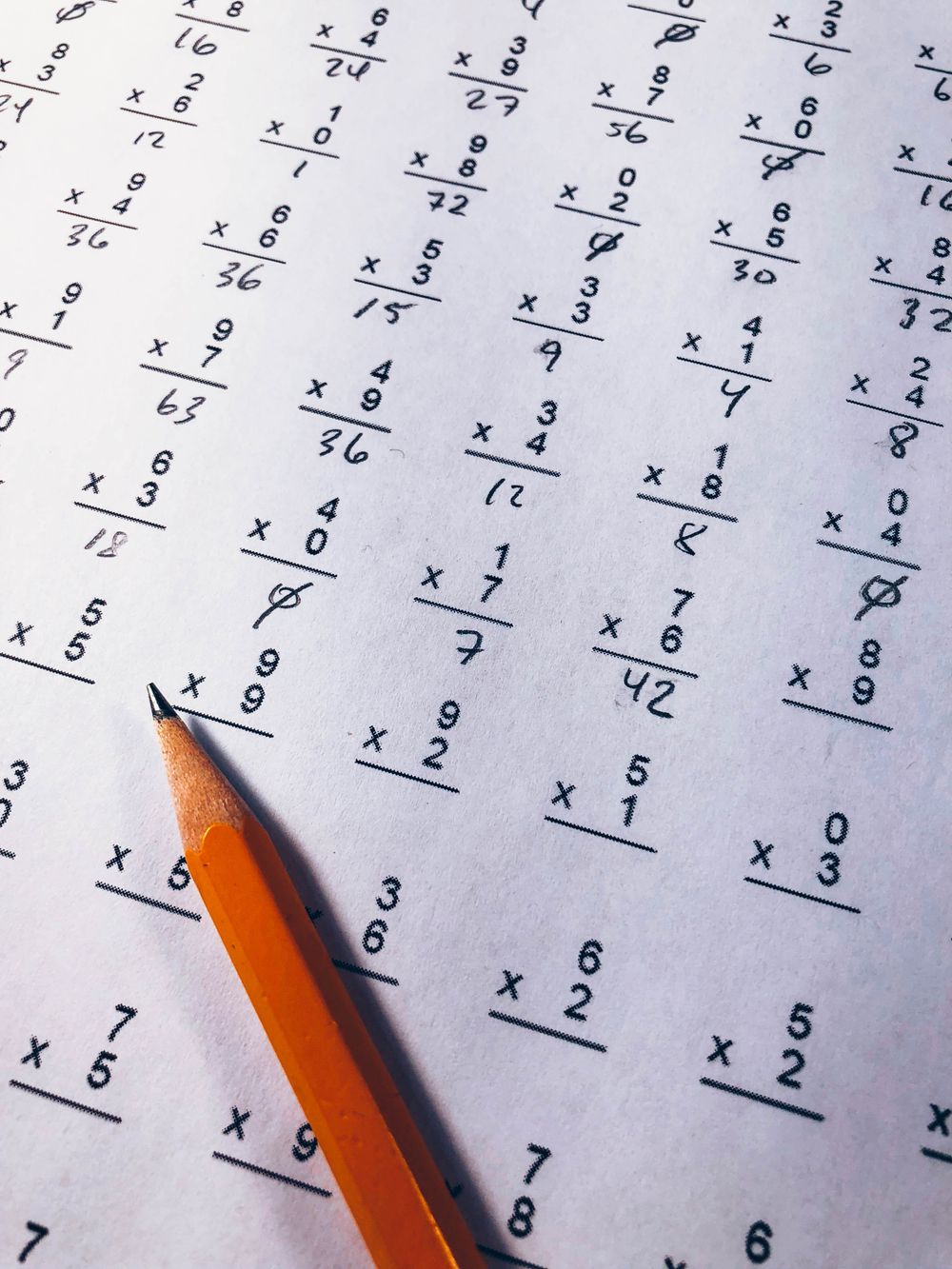Numeracy Adds Up to Prevent Illness and Poverty

The ability to work with and understand numbers at a basic level can provide lasting benefits to protect against illness and poverty. When low numeracy rates are present in the population, the problems may not surface immediately. “There is no social stigma attached to innumeracy as there is to illiteracy, and I would speculate that there are many more individuals in the developed world who are innumerate than who are illiterate” (Malik). However, when faced with a crisis, underlying vulnerabilities can be exposed. As the COVID-19 pandemic has shown, millions of Americans not only face a severe health crisis, but also a sudden economic downturn. If numeracy skills had been highly valued, these crises could have been mitigated to save employment and lives.
In the US, the problems caused by innumeracy to health are widespread. “Approximately 90 million adults in the United States display limited health literacy, failing to adequately process, understand, and respond to basic health information” (Gutierrez). Much of this health information is expressed numerically, such as cancer survival rates, vaccine efficacy percentages, or probabilities of death. During the COVID-19 pandemic and its flood of conspiracy theories, knowing how to discern truthful information sources is crucial. According to Dr. Jon Roozenbeek of the University of Cambridge, “Numeracy skills are the most significant predictor of resistance to misinformation that we found”. For health care professionals, having access to information that is expressed mathematically means they must also effectively communicate with their patients in order to allow patients to make informed decisions about medical care. “Low numeracy distorts perceptions of risks and benefits of screening, reduces medication compliance, impedes access to treatments, impairs risk communication (limiting prevention efforts among the most vulnerable), and, based on the scant research conducted on outcomes, appears to adversely affect medical outcomes” (Reyna).
A slight improvement in numeracy can not only improve overall health care, but it can also lead to significant personal wealth benefits. “The point estimates indicate that, conditional on measures of income, age, education, occupation, and basic demographic characteristics, a one point increase in the numeracy score of the respondent is associated with 5.2 percent more personal wealth” (Estrada-Mejia). In contrast, low numeracy has been shown to have a strong correlation with poverty. “Earlier research also shows correlations of low numeracy skills and practices with low income. Both results feed stereotypes that vulnerable subgroups — with low numeracy proficiency or a low monthly budget — would not calculate much and this would even cause their complicated income situation” (Grotlüschen). During hard economic times, having a cushion of financial savings can help keep families and businesses afloat. Due to the COVID-19 economic shutdown, more than 8 million Americans who were already struggling financially were suddenly living below the poverty line (Sykes).
During a crisis, underlying vulnerabilities, such as innumeracy, can be exposed. The COVID-19 pandemic has highlighted these vulnerabilities even more in both health and financial aspects. Higher numeracy can prevent both illness and poverty. As seen in a study done by Catalina Estrada-Mejia, even a small increase in a person’s numeracy score can greatly increase personal wealth. Lower numeracy can make an individual more prone to misinformation, which may affect healthcare, decisions, and outcomes. If America valued numeracy more, misinformation and poverty due to the COVID-19 crises could have been mitigated.
WORK CITED
Estrada-Mejia, Catalina, et al. “Numeracy and Wealth.” Journal of Economic Psychology, vol.
54, 2016, pp. 53–63., doi:10.1016/j.joep.2016.02.011.
Grotlüschen, Anke, et al. “Vulnerable Subgroups and Numeracy Practices: How Poverty, Debt,
and Unemployment Relate to Everyday Numeracy Practices.” Adult Education
Quarterly, vol. 69, no. 4, 2019, pp. 251–270., doi:10.1177/0741713619841132.
Gutierrez, Kevin M., and Lawrence D. Cohn. “Medication Competence, Numeracy, and Health
Literacy.” HLRP: Health Literacy Research and Practice, vol. 3, no. 3, 2019,
doi:10.3928/24748307–20190625–01.
Malik, Paul. “Numeracy.” Canadian Journal of Cardiology, vol. 23, no. 10, 2007, p. 777.,
doi:10.1016/s0828–282x(07)70837–1.
Parsons, Samantha, and John Bynner. “Numeracy and Employment.” Education + Training, vol.
39, no. 2, 1997, pp. 43–51., doi:10.1108/00400919710164125.
Reyna, Valerie F., et al. “How Numeracy Influences Risk Comprehension and Medical Decision
Making.” Psychological Bulletin, vol. 135, no. 6, 2009, pp. 943–973.,
doi:10.1037/a0017327.
Sykes, Stefan. “8 Million Americans Slipped into Poverty amid Coronavirus Pandemic, New
Study Says.” NBCNews.com, NBCUniversal News Group, 17 Oct. 2020,
www.nbcnews.com/news/us-news/8-million-americans-slipped-poverty-amid-
coronavirus-pandemic-new-study-n1243762.
Toce, Sarah. “Lack of Media Literacy and Numeracy Skills Driving COVID-19 Conspiracy
Theories: Report.” Raw Story, 13 Oct. 2020,
www.rawstory.com/2020/10/lack-of-media-literacy-and-numeracy-ss-driving-
19-conspiracy-theories-report/.
“Vulnerability Synonyms, Vulnerability Antonyms.” Merriam-Webster, Merriam-Webster,
www.merriam-webster.com/thesaurus/vulnerability.
